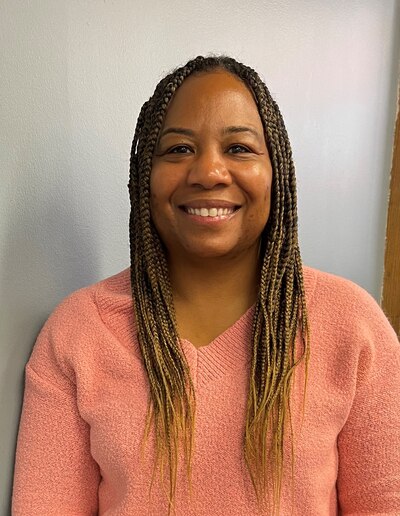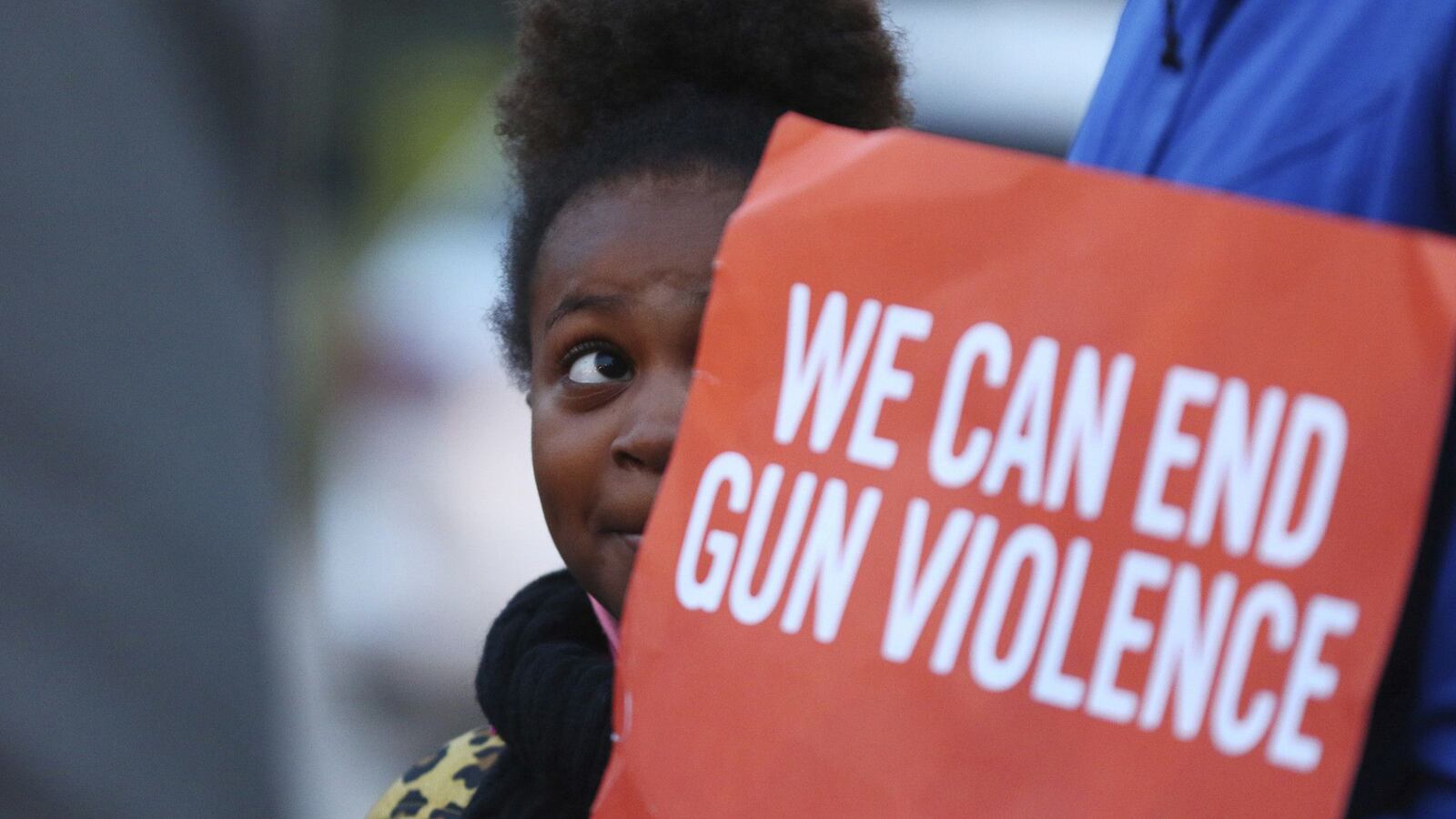Sign up for Chalkbeat Chicago’s free daily newsletter to keep up with the city’s public school system and statewide education policy.
Half of Chicagoans will witness a shooting before they turn 40. And the average age of a Chicago resident witnessing gun violence: 14. That’s according to a new study published in the Journal of the American Medical Association.
What does this disturbing data say about the collective trauma Chicagoans are experiencing? What does it mean for the long-term well-being of our children? These questions loom large for me since I work with teens and preteens who attend Chicago Public Schools. My goal is to help students stay in school by giving them the tools to cope with trauma, set goals, make progress on their graduation plans, and prepare for life beyond high school.

For the past two years, I’ve worked at a K-8 school in Chicago’s West Englewood neighborhood, providing one-on-one counseling and other programs through the nonprofit Communities In Schools of Chicago.
West Englewood is made up of sturdy bungalows and two-flats located about a dozen miles southwest of Chicago’s Loop. It also happens to be one of the Chicago neighborhoods where gun violence is most prevalent. As of Aug. 1, 69 people have been shot; that’s about one shooting every three days. Seven of those victims were teens, just like my students.
These are more than grim statistics to me. I grew up in West Englewood, near the school I work in today. One of my extended family members was a victim of gun violence, so I know all too well that every shooting represents a person, a family, and a community devastated.
Despite the neighborhood’s tough reputation, the block I grew up on in the early 1990s was a nurturing place where we watched each other’s back and celebrated graduations and birthdays together. Bad things went on back then, but as a kid, I felt mostly insulated from it because of the strength of my caring family and neighbors.
Things are harder now for kids in West Englewood, despite many families still wanting the best for their children. Many former residents have moved away, leaving old familiar streets frayed. Enrollment has declined in the area’s schools, including the one where I’m based. Poverty and joblessness are a fact of life as well, with almost half the community’s households earning less than $25,000 a year.
Each day, I see young people coming to school with clear signs of distress. Last fall, for example, one of my students lost a brother in a shooting. He tried to keep his emotions under control, but one day a class discussion reminded him of the incident, and he stormed out of the room and punched lockers in the hallway.
Another one of my students who lost an older brother to gun violence broke down in tears in my office. She had come in to speak to me about her loss, and I sat with her, listened, and let her feel those emotions. I also asked her to share with me some of the good times she had with her brother and told her that I was always there to talk if she needed it.
Each day, I see young people coming to school with clear signs of distress.
We don’t keep official records about which of our students have been directly impacted by gun violence, but the numbers are high; by my estimate, at least 20 of the 50 students I provided one-on-one support to last school year either saw a shooting or know a friend or loved one harmed or impacted by gun violence. Gun violence prevention isn’t in my job title, but so much of my work involves me helping young people cope with and curb community violence. I’m lucky to have support from teachers, administrators, and fellow counselors where I work.
How do you teach students to avoid violence? It starts with building trusting relationships with young people and steadily equipping them with the knowledge and skills they need to lead safer lives. This is far from a one-size-fits-all strategy, but there are key principles that the work is grounded in:
- Building positive relationships is an essential life skill that can be taught. I want my students to know that they can come to me for encouragement and feedback, and I’ll always strive to be transparent and relatable.
- Encouraging effective coping strategies — from deep breathing to creating art to reflective journaling — can help young people learn to manage stress and anxiety. During our sessions, I provide a space for students to sit with their emotions. Often, the young men whom I work with think crying is a sign of weakness; on the contrary, showing their emotions is a sign of strength.
- Offering more evidence-based approaches like cognitive-behavioral therapy and brief solution-focused interventions for students who need more robust support. This can reduce fight-or-flight responses and help students choose the path of de-escalation.
- Building young people’s self-esteem and sense of purpose in life helps them frame interpersonal conflicts within a broader context, increasing the chances they will pursue peaceful solutions. Small discussion groups, such as the one I hold for girls in fifth and sixth grades, have helped some of my students find their voice.
There are no overnight transformations. This work takes time, patience, and consistency to make a difference. I’m also aware that even when my students embrace these principles and make great progress, we are still sending them out into a city where community violence is all too common and anything can happen. We adults have to acknowledge those risks, even as we work tirelessly to empower young people to lead positive and peaceful lives.
LaToya Winton is a student supports manager at Communities In Schools of Chicago, a Chicago nonprofit helping students succeed in school and stay on the path to high school graduation.


